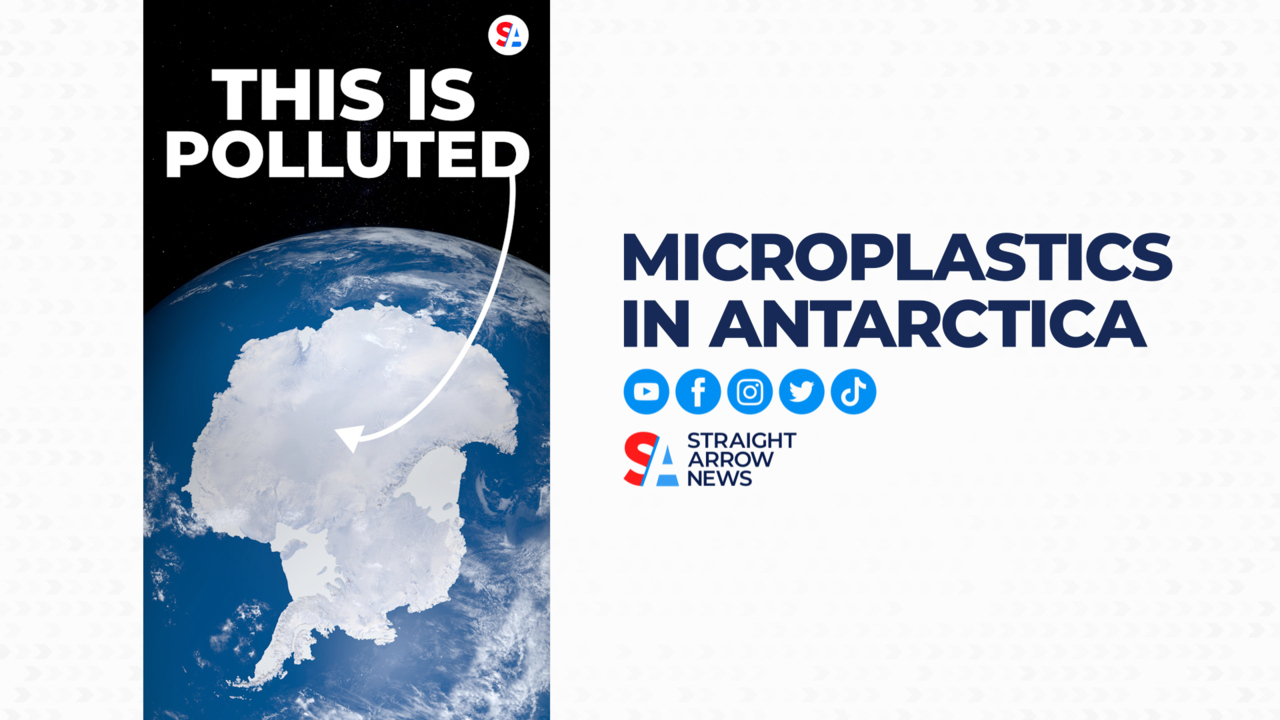
MAHMOUD BENNETT: RESEARCHERS HAVE DISCOVERED MORE POLLUTION IN THE MOST REMOTE PART OF THE WORLD
FOR THE FIRST TIME – PLASTIC PARTICLES WERE FOUND IN FRESH ANTARCTIC SNOW
THESE ARE KNOWN AS MICROPLASTICS – AND IT’S A FORM OF POLLUTION THAT’S BEEN SPIRALING ACROSS THE GLOBE
IT’S BROKEN DOWN FROM LARGER PIECES OF PLASTIC AND THE KIND THAT HAS REVOLUTIONIZED ENTIRE INDUSTRIES
BUT NOW IT’S IN THE FOOD YOU EAT
THE WATER YOU DRINK
AND EVEN IN THE AIR YOU BREATHE
IN FACT SOME RESEARCH ESTIMATES YOU CONSUME ABOUT 5 GRAMS OF COLD HARD PLASTIC A WEEK – THAT’S ABOUT AN ENTIRE CREDIT CARD
AND THAT FIGURE IS EVEN HIGHER IN ANIMALS
BUT SINCE THIS IS A 21ST CENTURY ISSUE, NOT A LOT OF RESEARCH HAS BEEN DONE ON HOW IT AFFECTS YOUR HEALTH
ONE STUDY BY THE HULL YORK MEDICAL SCHOOL FOUND THAT HIGH LEVELS IN THE BODY MAY LEAD TO HARMFUL EFFECTS – INCLUDING CELL DEATH AND ALLERGIC REACTIONS
STILL MORE DATA IS NEEDED TO BACK UP HOW THIS COULD AFFECT YOU DOWN THE LINE
AND ONLY TIME WILL TELL JUST HOW MUCH OF AN IMPACT THIS WILL HAVE ON THE ENVIRONMENT







